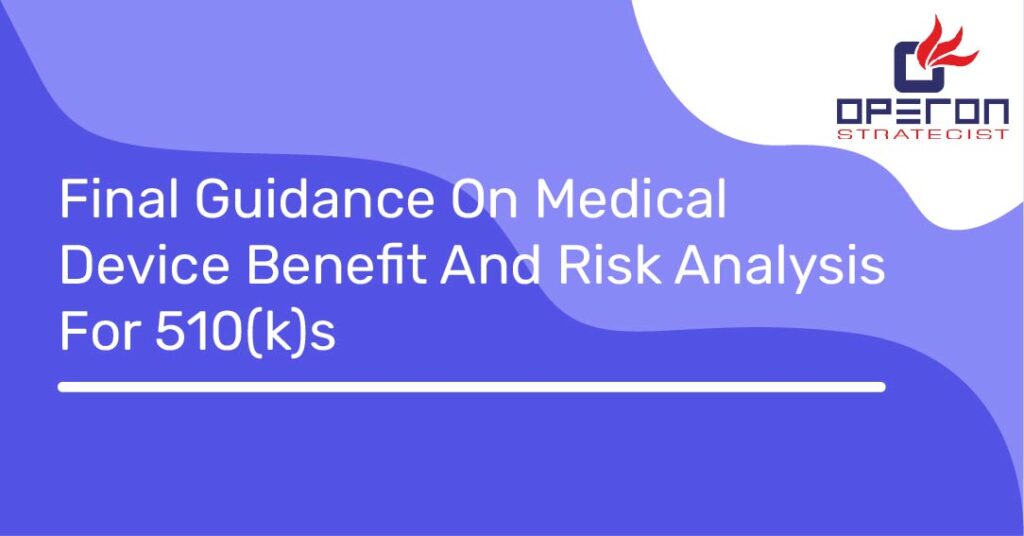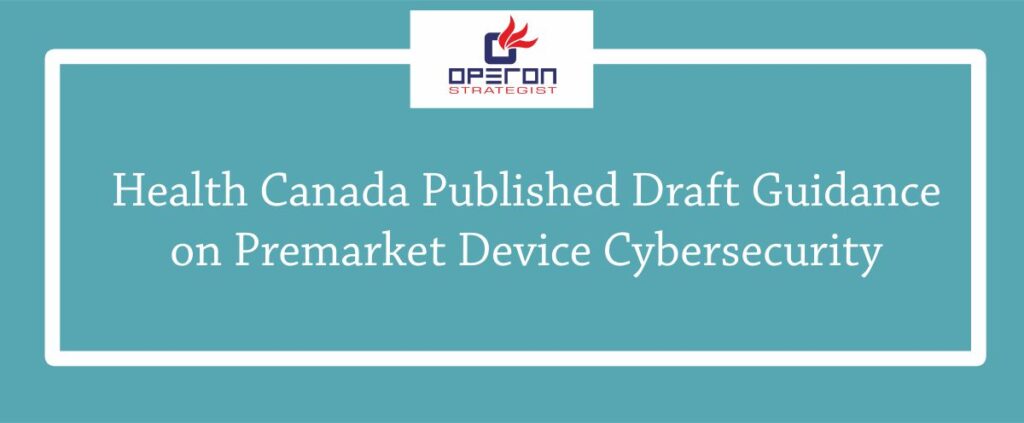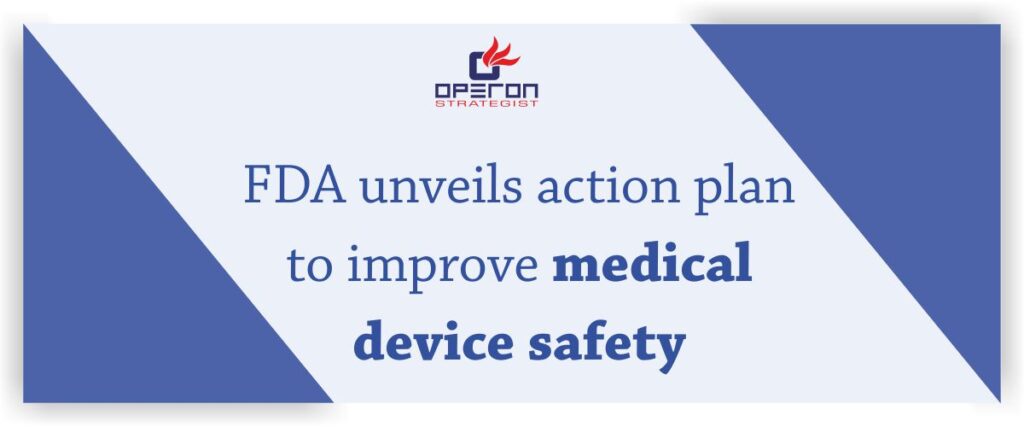Medical Device Benefit And Risk Analysis For 510(k)s
In association with the safety and efficacy of the applicant’s device, the FDA will consider “any credible benefit to health from the use of the device against any potential risk of trauma or illness from such use, among other applicable factors.” The FDA recently released final guidance titled “Benefit-Risk Factors to Consider When Determining Substantial Equivalence in Premarket Notifications 510(k) with Contrasting Technological Features.” The guidance is intended to help applicants demonstrate substantial equivalence and to provide guidance when the benefit-Risk Analysis profile of a new device is different from that of the predicate device. To understand the new guidance and to obtain FDFA510(k) clearance one need to consult with the medical device consultant. The guidance begins with a high-level review of the analysis of substantial equivalence, noting that it starts with the question of whether the device for which clearance is sought has the same intended use as the predicate device. If so, then the FDA considers whether the two devices have “the same technological characteristics” or whether any differences in technological characteristics raise questions of safety and effectiveness, and whether the contender device is at least as safe and productive as the predicate device.
Advantage and threat may be spotted from performance data, which can be non-clinical or clinical. A device with less benefit compared to the predicate may be found considerably equivalent if it also presents less risk; conversely, a device with increased risks compared to the predicate may be found considerably equivalent if it also offers greater benefits.
The guidance then identifies and seeks to clarify the advantage and risk factors it considers if it has determined that any different technological characteristics do not raise different questions of safety and effectiveness. The factors that the FDA will consider include:
- Classes of benefit(s)– samples include the device’s clash on clinical process, patient health, and patient fulfilments in the target population, such as the result on patient process and quality of life, probability of survival, up-gradation of patient’s function, prevention of loss of function, and relief from manifestation of any disease.
- The magnitude of the benefit(s)
- The expectation of the patient experiencing one or more benefit(s)
- Duration of effect(s)
The FDA also examines several risk factors individually and in the quantity:
- Extremity, types, number and rates of harmful events associated with the use of the device
- Device-related serious adverse events
- Device-related non-serious adverse events
- Procedure-related complications
- Prospect of a harmful event
- Prospect of the patient experiencing one or more harmful event(s)
- The time span of harmful events
- Probability from false-positive or false-negative results for diagnostics
- The number of different types of harmful events that can potentially result from using the device and the extremity of their aggregate effect
The guidance also identifies a number of “additional factors” that FDA examines when assessing the safety and effectiveness of an applicant’s device, including the following:
- Uncertainty– the degree of certainty of the benefits and risks of the device
- Classification of the disease/condition– the disease/condition, its clinical display, how it affects the patients who have it, how and whether a diagnosed disease/condition is healed, and the condition’s natural history and progress.
- Innovative Technology- when a new device has technological improvements that are important for public health, the FDA may accept greater uncertainty in an assessment of benefits and risks
- Patient sufferance for risk and standpoint on benefit
- Benefit for the healthcare professional or caregiver– the FDA recognizes that certain devices, such as surgical tools that allow different techniques or devices that positively affect ongoing patient management, may improve the way they care for the patients and consequently improve patient outcomes
- Risk reduction – mitigation measures may minimize the probability of a harmful event occurring and improve the benefit-risk profile
- Postmarket data – provides a greater perception of risks and advantages of the device itself and the risks and advantages of similar devices
Ultimately, the guidance discusses a number of specific examples of implementation of these various factors. The FDA’s guidance official papers do not establish legally execute responsibilities, as always but rather describe the FDA’s current thinking on a topic. As a medical device regulatory consultant we keep an eye on regulatory guidance’s and provide assistance to clients according to them.
- adminhttps://operonstrategist.com/author/admin-2/
- adminhttps://operonstrategist.com/author/admin-2/
- adminhttps://operonstrategist.com/author/admin-2/
- adminhttps://operonstrategist.com/author/admin-2/




